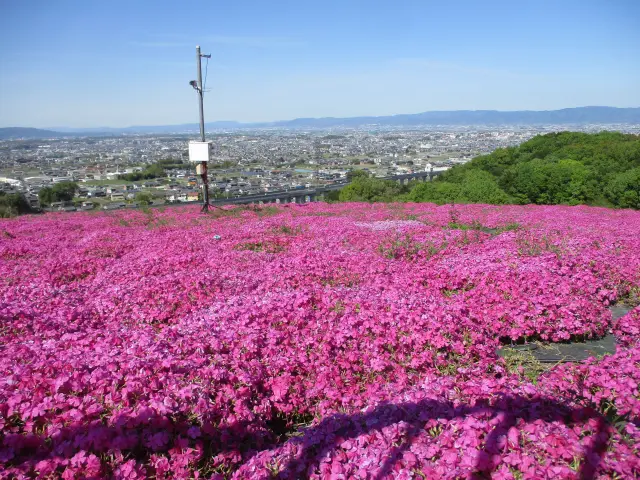
Verified [Verified] denotes information that has been published with confirmation of its owing parties.
Kasuga Taisha Manyo Botanical Garden
Japan’s oldest Manyo botanical garden, located in the ancient capital of Nara, where plants mentioned in the Manyoshu (Japan’s oldest anthology of poetry) are cultivated and displayed. It is also famous for its wisteria flowers.
Located along the main approach to Kasuga Taisha Shrine, the Kasuga Taisha Manyo Botanical Garden is Japan’s oldest Manyo botanical garden, opened in 1932. It is home to around 300 species of plants mentioned in the Manyoshu, Japan’s oldest anthology of poetry. Covering approximately 3 hectares, the garden is divided into four areas: the Manyo Garden, the Five Grains Village, the Wisteria Garden, and the Kasuga Gunpo-en, which was completed in spring 2025.
Throughout the garden, ceramic plaques engraved with Manyoshu poems and explanatory notes are placed beside the plants, allowing visitors to appreciate the ancient Japanese view of nature while enjoying the seasonal scenery. The garden highlights 45 recommended Manyo plants, introducing a few each month along with poem translations and interpretations, including beautifully rendered English versions of the ancient verses.
In the Kasuga Gunpo-en, the “Sacred Garden” expresses the world of the Kasuga Mandala through a dry landscape garden, surrounded by about 100 maple trees that reflect the changing seasons.
At the center of the garden, on a small island in the pond, stands the Garyu no Ichiigashi, an ancient oak tree designated as a cultural property of Nara City. Its stately, timeworn presence captivates visitors. In spring, the Wisteria Garden bursts into bloom with around 200 wisteria vines spanning 20 varieties, while the Five Grains Village features ancient rice and millet fields that showcase the seasonal transitions. A leisurely stroll through the garden offers a glimpse into the natural world admired by the people of the Manyo era.
Highlights
-
Japan’s oldest Manyo botanical garden, home to around 300 species of plants mentioned in the Manyoshu.
-
Ceramic plaques inscribed with Manyoshu poems are placed beside the plants, allowing visitors to quietly experience the ancient view of nature.
-
The Garyu no Ichiigashi, a Nara City cultural property, stands as a majestic symbol of time’s passage.
-
In spring, around 200 wisteria vines bloom in shades of purple, white, and pink, creating a dreamy, wind-swayed spectacle.
-
A popular activity in spring and summer is feeding the koi that gather eagerly in the central pond.
Photos
-
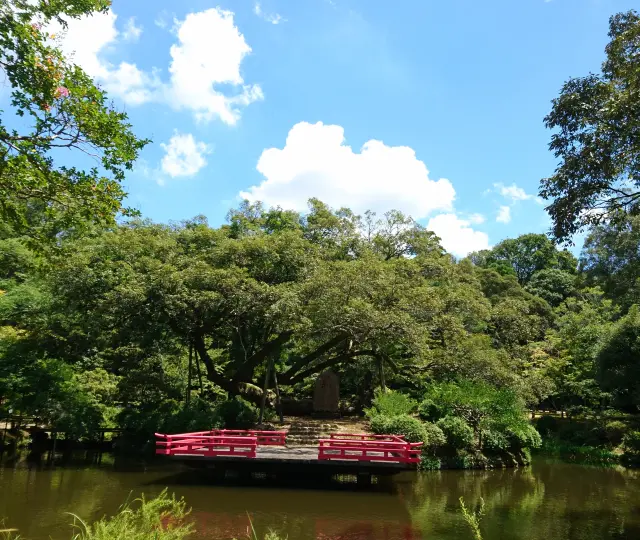
On the island in the pond, reminiscent of Manyo-era gardens, stands an ancient, majestic tree.
-
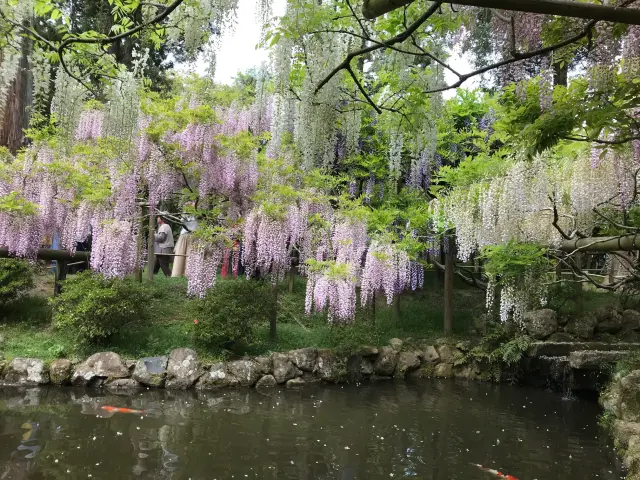
Famous as a wisteria-viewing spot with around 200 wisteria vines of 20 varieties in full bloom.
-
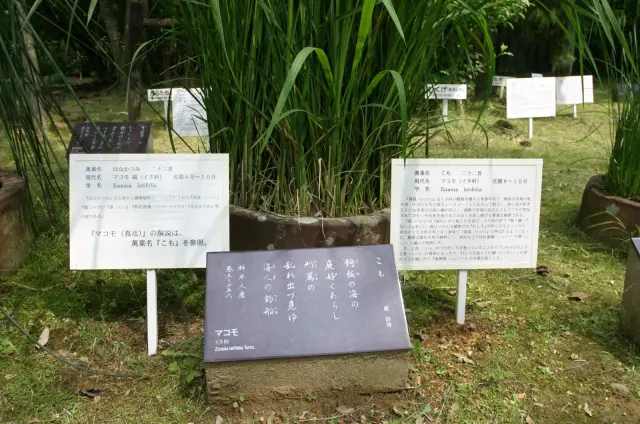
Visitors can appreciate actual plants alongside ancient poems.
-
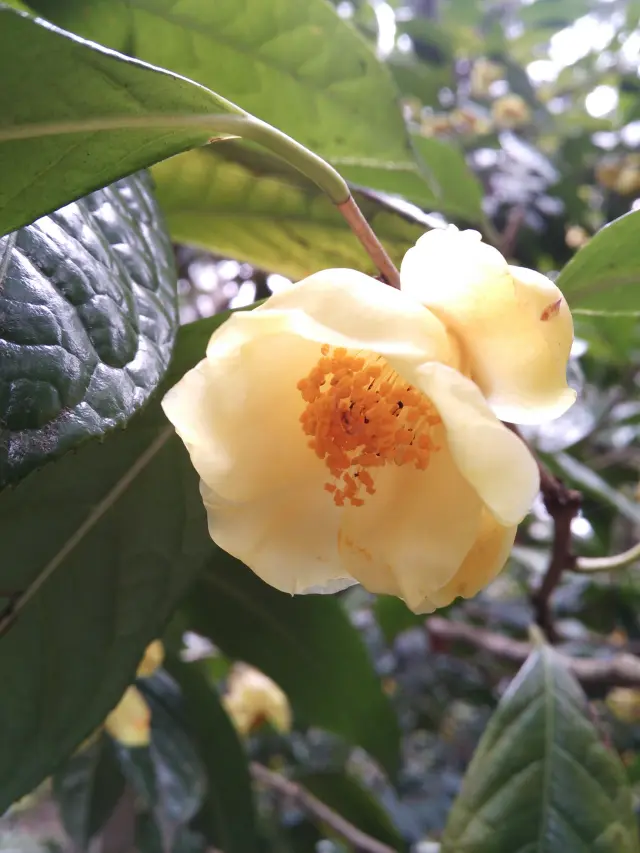
The golden camellia (Camellia chrysantha) with its beautiful yellow petals blooms around April.
-
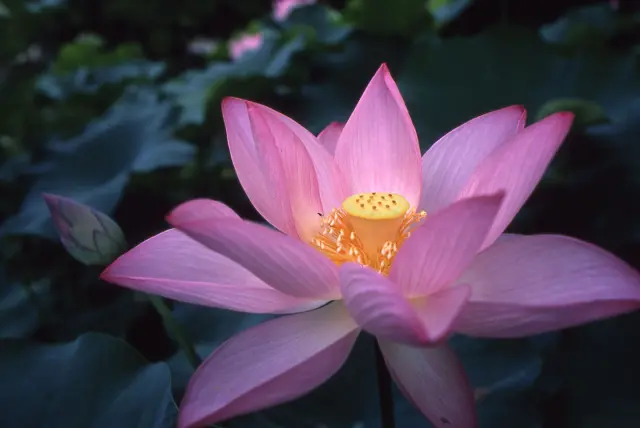
In July, visitors can see the Oga lotus, which sprouted after 2,000 years.
-
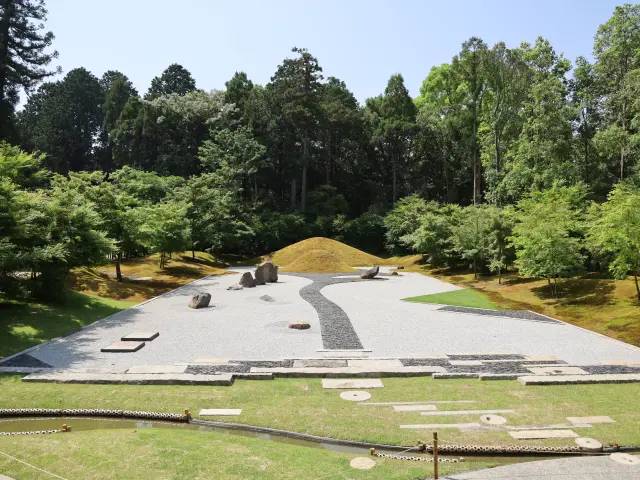
“Shintei,” the Sacred Garden, was completed and opened to the public in spring 2025.
Official FAQs
Frequently Asked Questions have been vetted and answered directly by each listing.
Q
Do you have signs or pamphlets in foreign languages? (If you do, which languages are available?)
Yes. Pamphlets with maps are available in English, French, Simplified Chinese, Traditional Chinese, and Korean.
Q
Is free Wi-Fi available in the area?
No free Wi-Fi available.
Q
Are coin lockers available?
Not available.
Q
Are there restrooms available?
Yes, there are.
Q
Is it possible to re-enter the premises?
It is possible on the same day.
Q
Are there any smoking areas?
Not available.
Reviews
Details
- Name in Japanese
- 春日大社 萬葉植物園
- Postal Code
- 630-8212
- Address
- 160 Kasugano-cho, Nara City, Nara Prefecture
- Telephone
- 080-1502-9998
- Closed
- Closed on Tuesdays from June to March(open if National holiday), Open every day from April to May
- Business Hours
- 9:00am - 4:30pm(Admission allowed until 4:00pm)
- Admission
- Adults 700yen, Children 300yen
- Access
- About a 5-minute walk from the “Kasuga Taisha Omotesando” bus stop on the Nara Kotsu Bus, which can be boarded from Kintetsu Nara Station on the Kintetsu Nara Line.
- Credit Cards
- Accepted
- Official Website
- Official Website (Japanese)
Check also...
Please cooperate with this survey.
Thank you for your cooperation with the survey.
Recommended for you
-

Winter in Japan 2025
-

The Complete Guide to Ichibankuji
-

Top Recs for Niche Travel in Japan
-

Mt.TAKAO+one
-

Prince Snow Resorts Feature
-

7 Tips to Dig into the Best of Gotemba
-

Unique Experience in Kansai
-

The Best of NIPPON47
-

Kansai’s Hot Springs
-

A Guided of Bridge Connecting Honshu and Shikoku
-

Kagoshima Responsible Tourism
-

Exceptional Japan Finds


